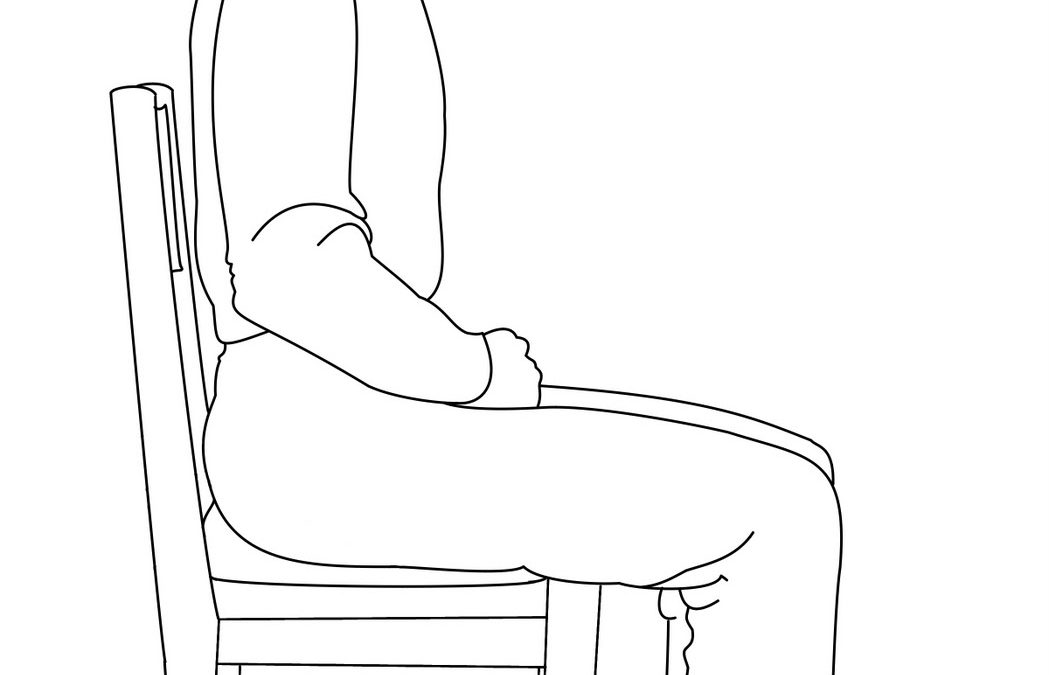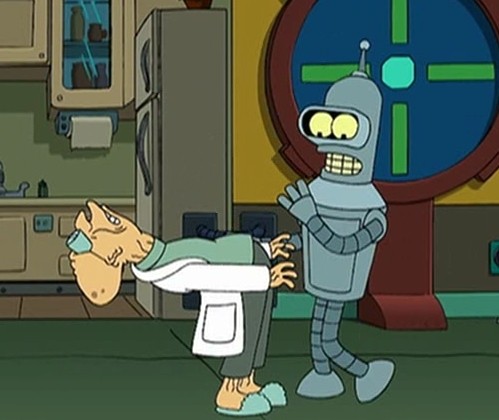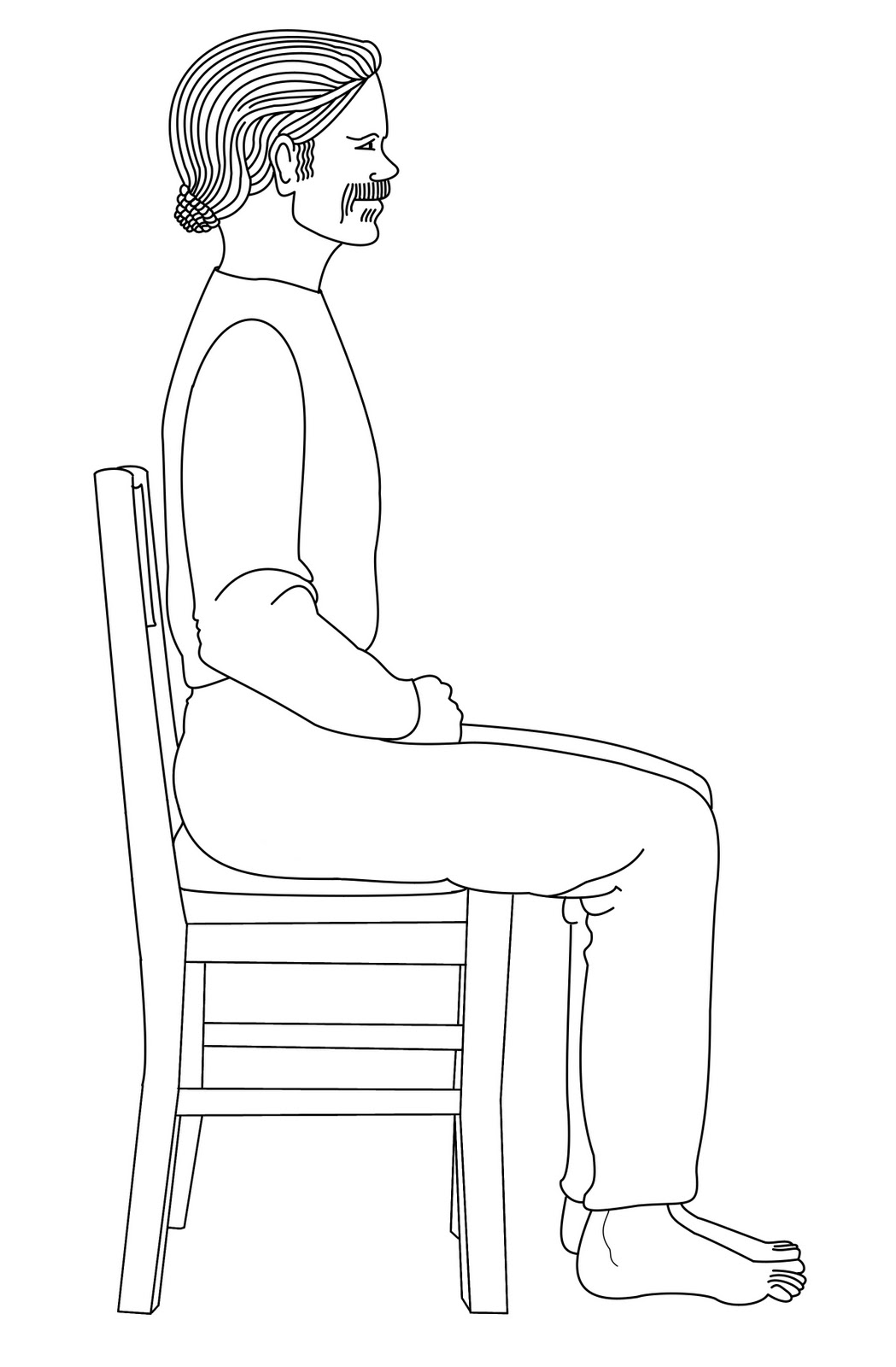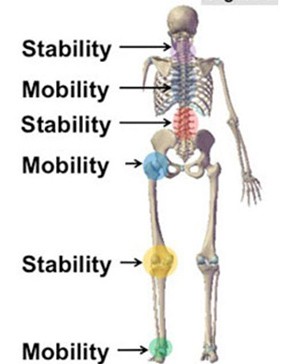I have issues with low back pain.
How did this happen and what can I do to fix it?
Back pain has become one of the most common issues among American adults today. There is a wealth of myth and misinformation regarding where low back pain starts, and what to do about it. Back pain can come from a wide variety of issues, with some being much more serious than others. With the information in this article, you will be able to get a much better idea of where your back pain is coming from, and it might not be what you think.
The #1 Cause of Back Pain
The biggest, most common reason people experience back pain is work. Not hard, physical labor, but normal office work. Most people working a 9-5 job are working at a desk. They spend the entire day in a chair, aside from a few trips to the vending machine. The issue here is not that people aren’t getting enough back support, its that they aren’t using their legs enough. Lets take a look at the posture sitting puts you into.
Now sitting is not a terrible thing… in moderation.
But when you sit for eight hours a day, your body begins to adjust to this posture. With your pelvis maintaining this rotated position, the hips become tight, putting uneven pressure on the discs in your low back and causes…..back pain!
Unfortunately, most people blame their back pain on other things. We’ve all heard the stories of someone going to lift a bag of dog food, or chasing their kid around the yard, and all of sudden they throw out their back. The blame gets put on the event that occurred at the same time as the injury, but oftentimes the event is only the straw that broke the camel’s back (no pun intended).
Why do tight hips create back pain though? Shouldn’t that create hip pain?
Not quite.
When looking at join pain, its important to understand a concept call the “joint-by-joint approach”. This is the idea that each joint on the body falls into either the stable or mobile category. For example, the shoulder is an incredibly mobile joint. With the mobility of our shoulders, we can throw punches, attack a Drop Seoi Nagi, and give a perfectly placed high-five. In contrast, the elbow is a very stable joint. It can only extend and flex, but it cannot rotate. The joints of the body alternate between mobile and stable all the way from the feet up.
The joint-by-joint approach explains the reason why tight hips create back pain. If a stable joint becomes mobile, or a mobile joint becomes stable, the surrounding joints often take the punishment. When the hips (mobile) lose range of motion, the body makes up for that loss in a surrounding joint. This means either the knee (stabile) or the low back (stabile) have to become mobile. This is why, when you have joint pain, it may make sense to check whats going on with the surrounding joints.
I once heard a really good analogy in a book by Gray Cook: looking at the joint that is experiencing pain to fix the issue is like turning off a smoke alarm because there is a fire. Yes, the thing that was telling you there was an issue has stopped, but the true problem still remains.
What can you do to try to fix and prevent back pain? A lot actually.
How to Prevent Back Pain Issues
- Do your mobility work. – Take the extra 10-15 minutes to make sure that you are maintaining full range of motion in all your joints. There are a lot of good resources online and in books that can give you a good routine to make sure that all your mobile joints stay mobile.
- Move more! – Something as simple as making sure you get up from your desk to walk around each hour can make a world of difference in back and other joint pain.
- Maintain a balanced strength and conditioning program. – Often times strength exercises can help to maintain the stability of joints that need to be stable. If the muscles surrounding a stable joint become weak and underused, this will cause that joint to become mobile and effect other joints.
- Mix up your training. – I know a lot of people who spend months or years doing the same exact fitness routine. Slowly your body will begin to develop muscular imbalances which will create joint pain. Mixing it up can be something as simple as switching your back squats to front squats for a month. Make sure no muscle is neglected.
There are a lot of difference causes and solutions to back pain. Before working on your back pain, I do recommend seeing a healthcare professional who specializes in that area. If you don’t have back pain, these guidelines will help maintain a strong and healthy back. Either way, make sure that you maintain your joint health because it will make training much more pleasant! 🙂



